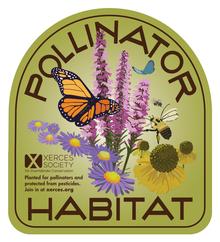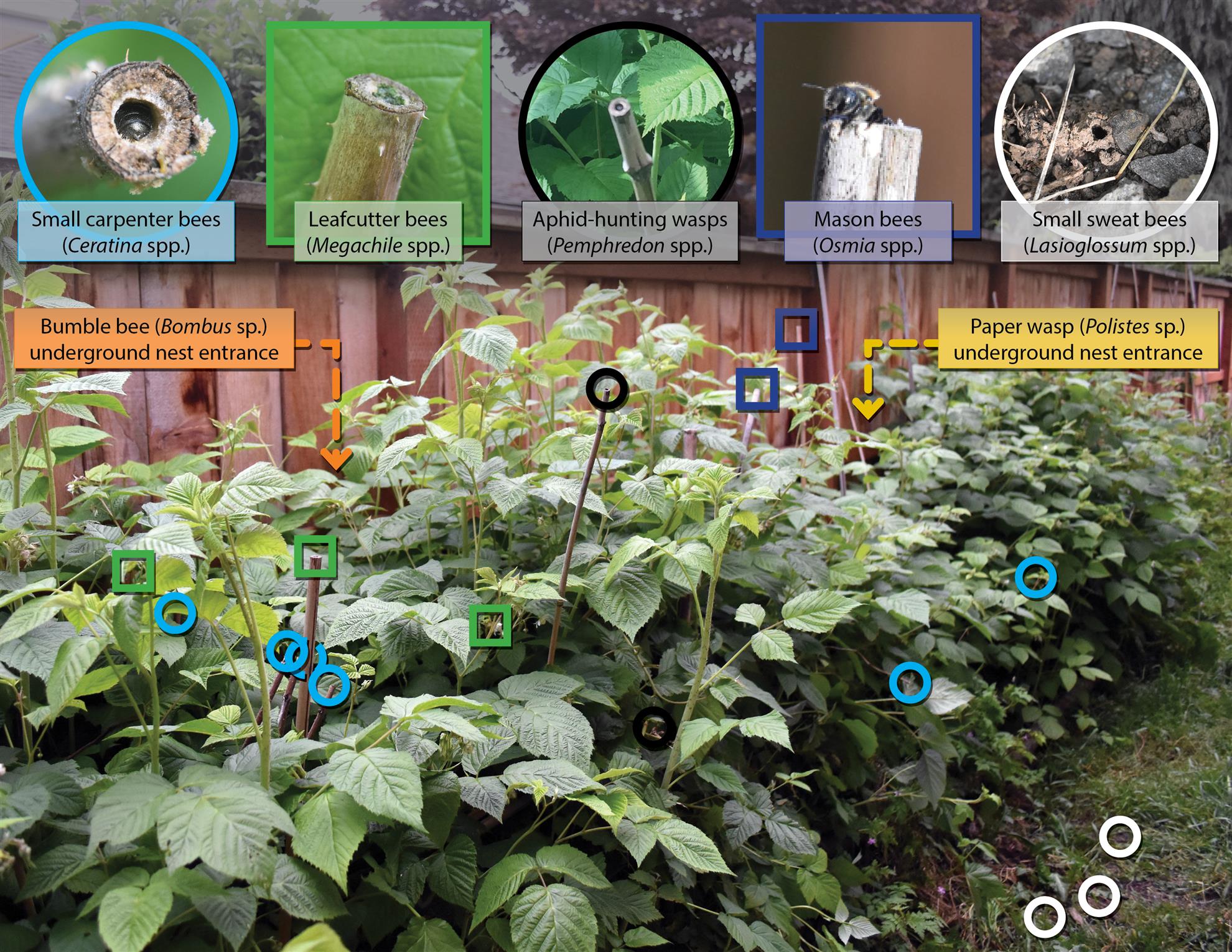
EcoEducation: Building Pollinator Habitats in Urban Spaces
Thanks Xerces Society for all of the information about pollinators and what we can do to support them! The Xerces Society is kind of like the Audubon Society but for invertebrates. A lot of their work is with farmers, but they have many areas of outreach including an endangered species team and work with urban land owners.
Insects are critical to a functioning planet. They are responsible for nutrient cycling and decomposition, pest control, turning plants into food for the food chain and of course pollination. Although many insects are pollinators, we learned that bees are the most efficient. This is because they are purposeful in the task, actually foraging for pollen and nectar to feed their young, and they exhibit "floral constancy". That means that they aren't willy-nilly in their flower choice and will reliably bring, for example, apple tree pollen to other apple trees.
There are 3604 species of bees in the United States -- Minnesota has 450 species. Globally there are 25,000 species. Most bees are ground nesting (70%) with the rest being stem/tunnel nesting. Only a tiny fraction are Bumble Bees which will nest in things like old birdhouses. Protection of nesting habitat is just as important to the survival of bees as the assurance of available pollen across all seasons.
Basics for all pollinators are diverse vegetation (for hosting, and nectar), shelter, and refuge from pesticides. We can provide that in our urban landscapes. We saw examples of home gardens, boulevards, schools, libraries, roadsides, parks, and even strips around gas stations. The biggest consideration is converting turf to some thing more productive and diverse. There are over 40 million acres of lawn in the United States. Turf is like a desert to pollinators.
So what are some things we can do, whether in our own yards or in a reclaimed adopted bit of land (check out those gas stations!)? We can plant species that host or provide pollen to critical insect species. We can ensure a diverse range of plants that offer pollen throughout the growing season. We can replace turf with these plantings or with "bee lawns" which features self-heal, violets, or creeping thyme. In the fall we can ensure that some of the leaves and dead stem material stays intact and in place for nesting. And through our discussions and food choices and even public art we can create a culture that supports pollinators.
Check out the amazing resources - all for free - provided by the Xerces Society. There are technical guides, fact sheets, and plant lists. There are free Xerces Society webinars and YouTube resources as well.

Bee habitat in raspberry bed. - Xerces Society
